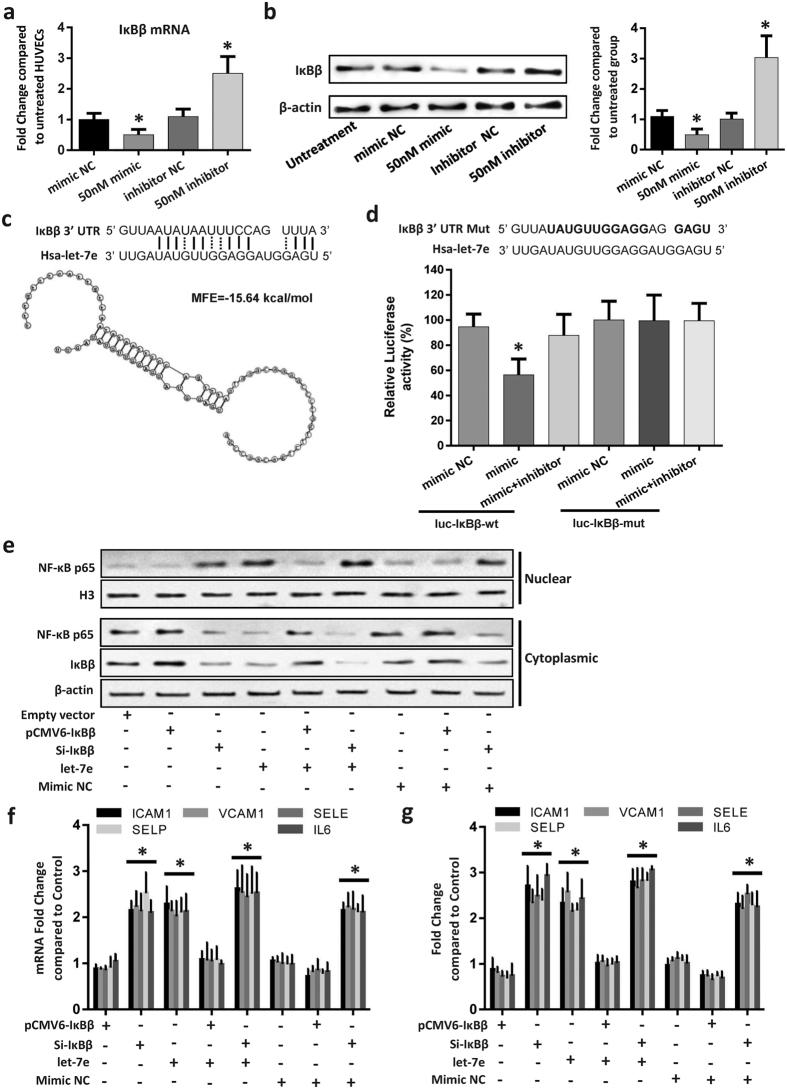Figure 4. Let-7e played pro-inflammatory roles by promoting NF-κB translocation through targeting IκBβ.
HUVECs were transfected alone or co-transfected with different combinations as shown in the figure for 24 hours. Subsequently, various experiments were performed. The expression of IκBβ (a) mRNA and (b) protein was detected. *P < 0.05 vs. all other groups. Full-length blots are presented in Supplementary Figure S3. (c) The predicted core binding sequence of let-7e in the 3′-UTR of IκBβ. The solid line represents standard base pairing and strong interactions; and the dashed line represents non-standard base pairing and relatively weak interactions. (d) Upper panel: the sequence alignment between let-7e and 3′-UTR mutant of IκBβ. The bold letters indicated the mutated bases. Lower panel: the luciferase activity in each group. HUVECs transfected with non-insert reporter (empty) vector were used as control. *P < 0.05 vs. all other groups. (e) IκBβ protein in the cytoplasm and NF-κB p65 protein in the cytoplasm and nucleus were detected by Western blotting. Let-7e promoted the nuclear translocation of NF-κB p65 by down-regulating its target gene IκBβ. Full-length blots are presented in Supplementary Figure S4. The total RNA from each group was purified, and the culture medium was also collected. Subsequently, the (f) mRNA expression and (g) protein secretion of five important inflammatory cytokines and adhesion molecules, transcriptionally regulated by NF-κB p65, were detected using qPCR and ELISA. HUVECs transfected with empty vector were used as controls. *p < 0.05 vs. pCMV6-IκBβ group, pCMV6-IκBβ + let-7e group, mimic NC group, and mimic NC + pCMV6-IκBβ group. All experiments were replicated five times independently.

